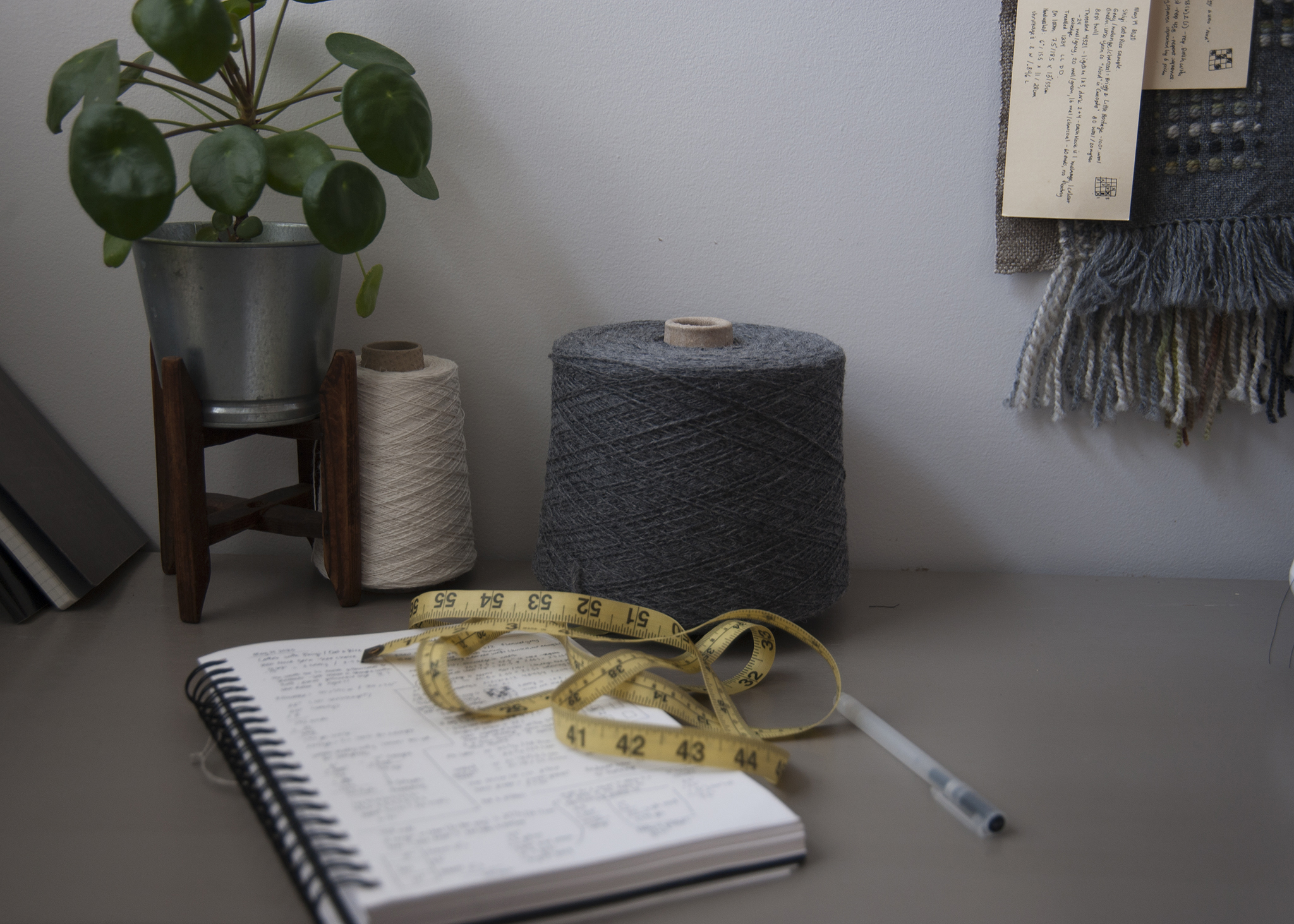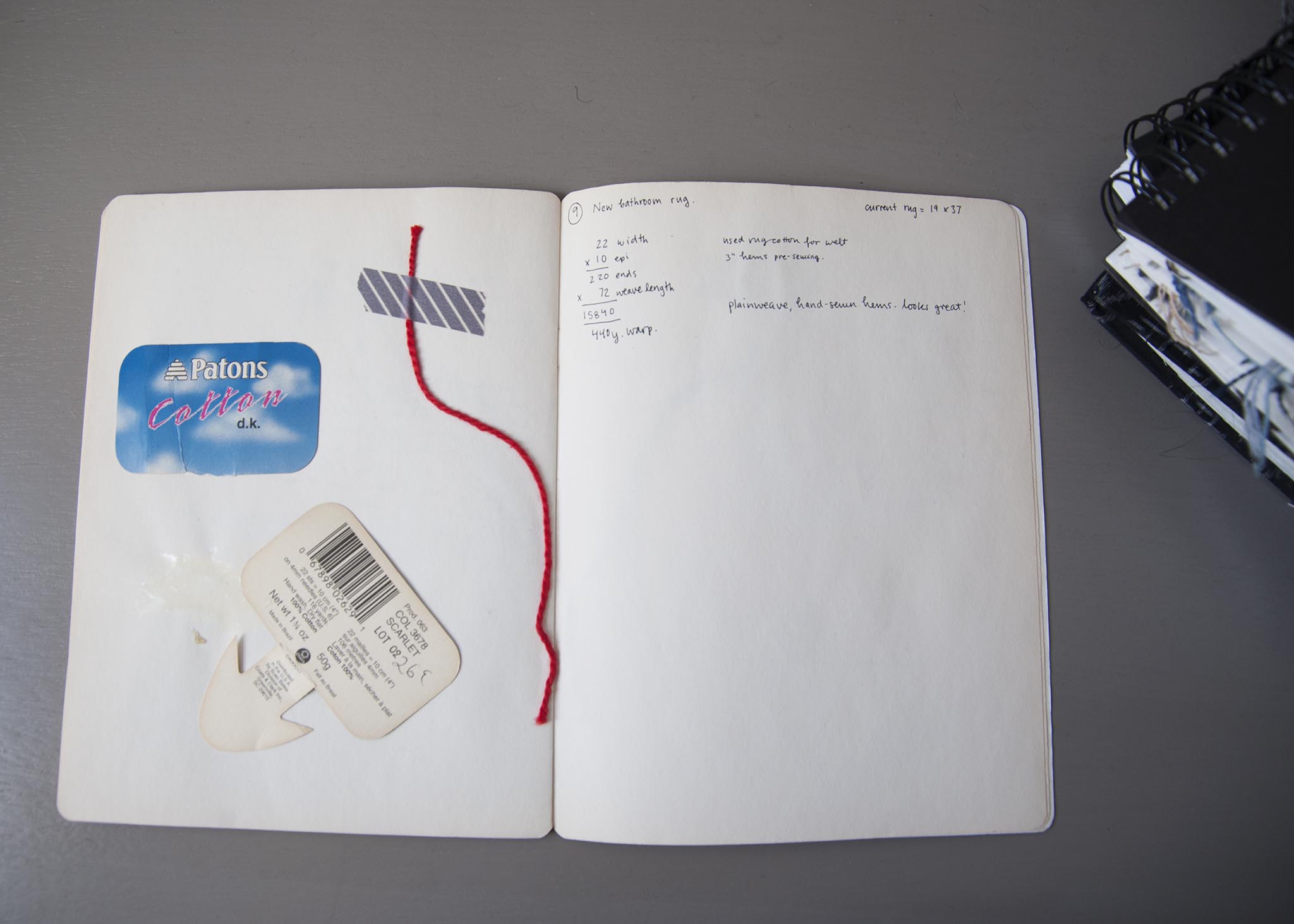Shopping Cart
*continental US addresses only
*continental US addresses only
Your Cart is Empty

Do you keep records on your weaving projects? Sometimes in the rush of weaving and my excitement to wash a newly finished project, I forget to take detailed notes about what I’ve done - I am also in the very bad habit of using bits of paper to scribble things on and then leaving them around the studio and forgetting what they mean.
Weaving project records are an important part of your weaving practice for a number of good reasons! For starters, they help you duplicate a project - by keeping all your information in one place, you can easily make a project again, no matter how long ago you made it. They also help you learn from your past experiences - by recording things like finishing techniques or that you had lots of extra warp at the end, you can make more informed decisions for the next time. A good record also helps you gain confidence as a weaver, because if something went wrong (or right!) you know to avoid it or do it again.
In my very first weaving notebook I took atrocious notes (see image! so much white space!) but I’ve gotten much better and developed a system that works for me. To start thinking about how to keep weaving project records, read on!

There are a few basic things you’re going to want to write down in your weaving records:

I always record these fourteen points about a weaving project, but there’s lots more information that you might want to keep. Here are a few more ideas:

I have a wonderful colleague that keeps the most intriguing notes in meetings - she writes in little bursts across the page, cramming things in and making little groups or bubbles. It looks unintelligible to me, but it makes perfect sense to her, and I think the same goes for weaving notes! If you keep your weaving records in whatever way makes the most sense to you, you’re more likely to actually keep notes and then be able to use them when you need them. That being said, my five tips to keeping better weaving project records are…
How do you like to keep your weaving project notes? What sort of strategies have you developed to organize your projects? I know there are a ton of great ideas out there, and I’m always changing and updating my own process to suit my needs as I grow my skills and become a better weaver. If you’re new to keeping records we’ve made up a handy downloadable PDF with some of the basic categories on it and a handy empty graph for drawing in your threading, tie up, and treadling. I hope it helps! If you have any great suggestions on keeping weaving records, let us know! Get in touch with me on Instagram or by email and share your favourite ways to keep weaving project records.